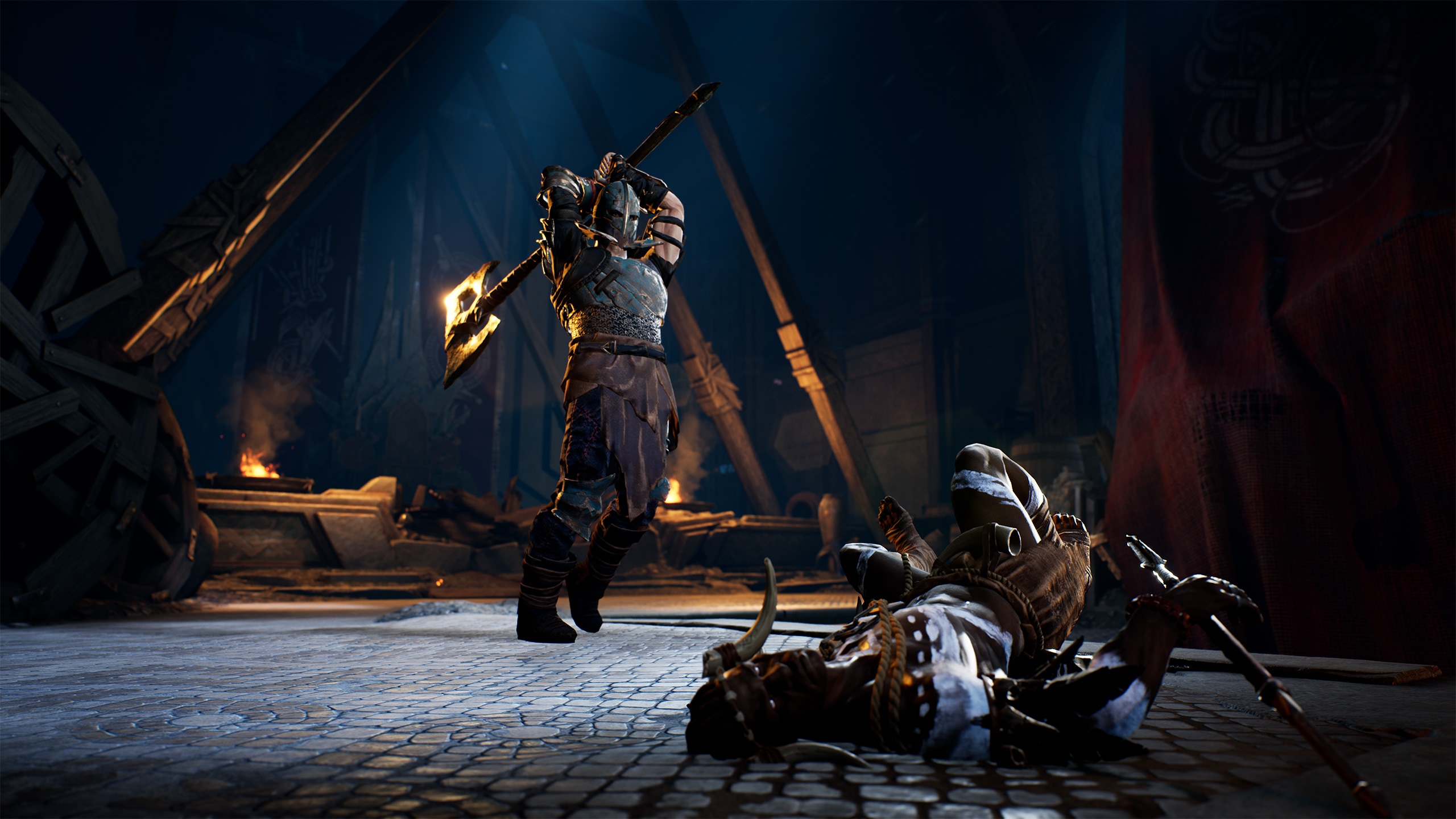

Note about Action Points: At the start of your turn, you get 1 Action Point. In Edge of Autumn's case, you can use your Action Point and pitch a card for 1 resource to attack your opponent, and gain "Go Again" (an important bit of text that basically means "Get another Action Point"). This means that once on your turn, you can pay an Action Point (more on this later) and any resources required to cause the effect on the card to happen. Once per Turn Action - Many pieces of equipment and heroes have an effect like this. Some effects can even pump this number up, such as Ira's hero ability (assuming you meet the right conditions). The number next to it is how much damage the weapon is capable of inflicting. In this case, Edge of Autumn is a Ninja only weapon, so you can only put this in a deck with a Ninja as your hero.ĭamage - Just as the name says, this lil' yellow spear is a Damage Icon. This shows you which class can use the weapon. Equipment comes in two varieties: Class-specific, which can only be used by heroes of the corresponding class, and Generic, which can be used by anyone! Let's look at the weapon card from Ira's deck, the Edge of Autumn:Ĭard Name - Just as with Ira, the name of this weapon is at the top: Edge of Autumn.Ĭard Type - In the same place as before.

Next up is the second most important set of cards in your deck: equipment! These give you powerful defenses and other abilities that you can use throughout the game. There are some exceptions to this, but for the most part, it's always 20/40. For Young heroes, it's often 20 Life while their older versions have 40 Life.

Starting Life - This is how much life you start the match with.

Almost all heroes currently have an Intellect of 4, though there are one or two exceptions to that. So in Ira's case, you'll draw cards until you have 4 in hand, and then the turn passes to your opponent. At the end of each of your turns, you'll draw up to your intellect in cards. Intellect - Only heroes have this, and it's how big your hand size is. As a reminder, you can only use cards in your deck that match your hero's class OR that have the word "Generic" in the card type. On everything else, this field will tell you whether an Action card is Generic or tied to a specific class. There are many effects in the game and its important to pay close attention to what each does if you hope to win.Ĭard Type - On hero cards, this denotes your class. For Ira, she only has a passive ability but it's a very good one: The second time you attack each turn becomes more powerful, by increasing the damage of that attack by 1. This can also include triggered abilities that only occur when you've met some condition during the game. In this case, it's Ira, Crimson Haze.Ĭard Effects - What the card does while in play. As the core of FaB's gameplay revolves around heroes of varying classes, we'll first look at Ira, Crimson Haze, a ninja hero from FaB's Welcome Deck:Ĭard Name - This is the name of the Hero or Action card. The amount of text on a card varies, but a lot of them use short hand or symbols to denote common actions a player can take in the game.
BLOOD OF HEROES GAME REVIEW HOW TO
To understand how to play Flesh and Blood, one must first understand how to read the cards. When you play FaB, you are the hero and the cards represent what your hero does to achieve victory. In Flesh and Blood, every card that you play represents something that your hero can do, from weapons to different styles of attacks to defensive cards to even items like Potions which provide one time boosts.


 0 kommentar(er)
0 kommentar(er)
